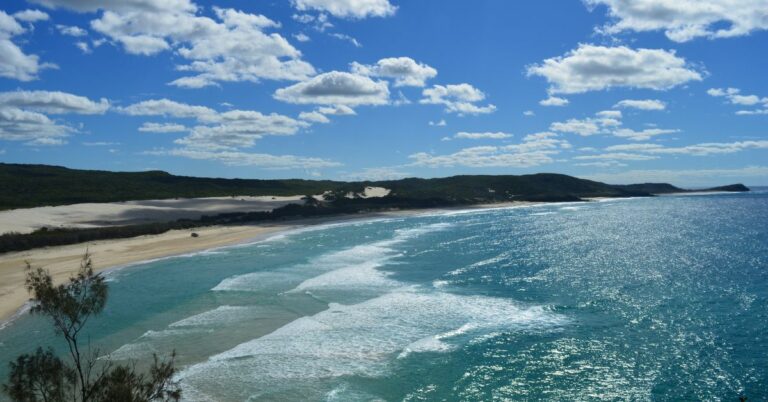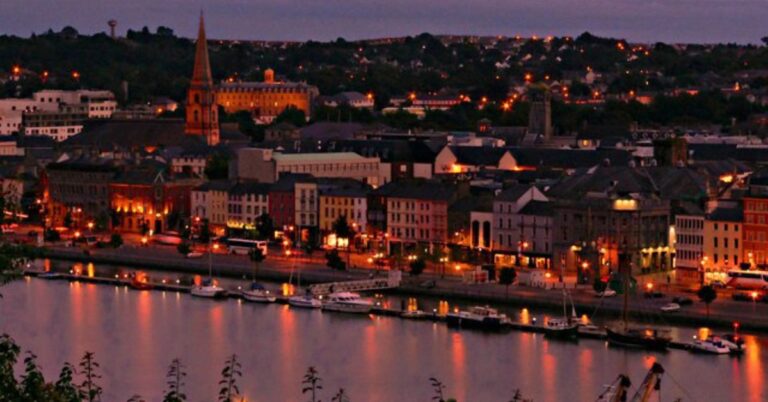15 Places on Our Planet Yet To Be Explored Fully

The world might seem mapped out, but some corners remain mysteries waiting to be unraveled. Dense jungles, deep ocean trenches, and many more partially explored places hold secrets that could change how we see the planet. Let’s journey to 15 incredible, least-explored places on Earth.
Kamchatka Peninsula, Russia

This volcanic wonderland is home to over 300 volcanoes, yet much of its remote wilderness remains unstudied. Harsh weather, rugged terrain, and limited access make exploration difficult. Scientists believe Kamchatka’s geothermal areas may host rare ecosystems and microbial life, with much of the peninsula holding untapped geological and biological secrets.
Amazon Rainforest, South America
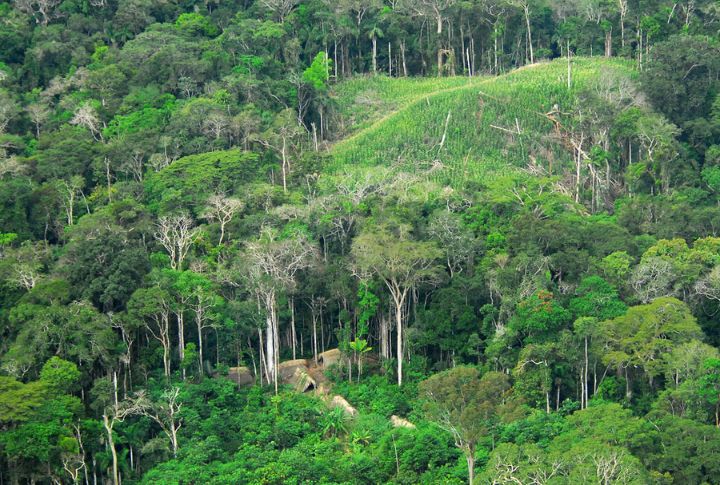
Known as the lungs of the Earth, the Amazon’s interior still hides countless secrets. Despite extensive exploration, parts of this rainforest remain inaccessible, shielding undiscovered species, ancient ruins, and uncharted rivers. Its dense vegetation and remote location make full exploration a daunting challenge.
Greenland’s Ice Sheet Caves
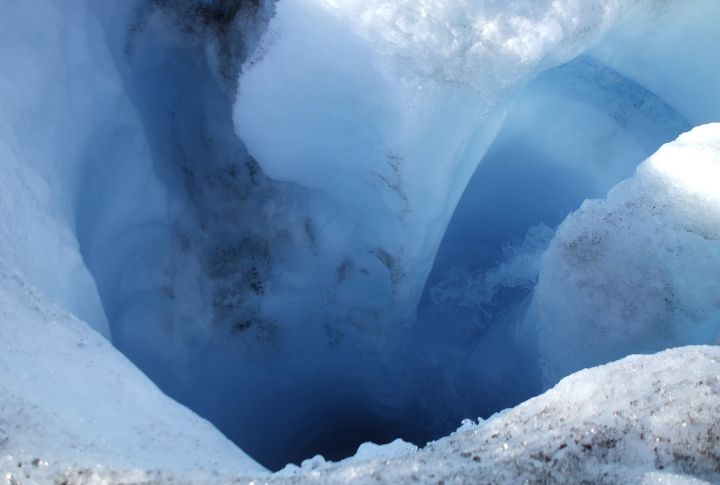
Beneath Greenland’s icy surface lie networks of caves sculpted by meltwater. These hidden wonders are challenging to access and poorly mapped due to extreme conditions. The caves, constantly reshaped by climate shifts, may offer insights into Earth’s climate history and even support unique microbial life adapted to freezing conditions.
Cape Melville, Australia
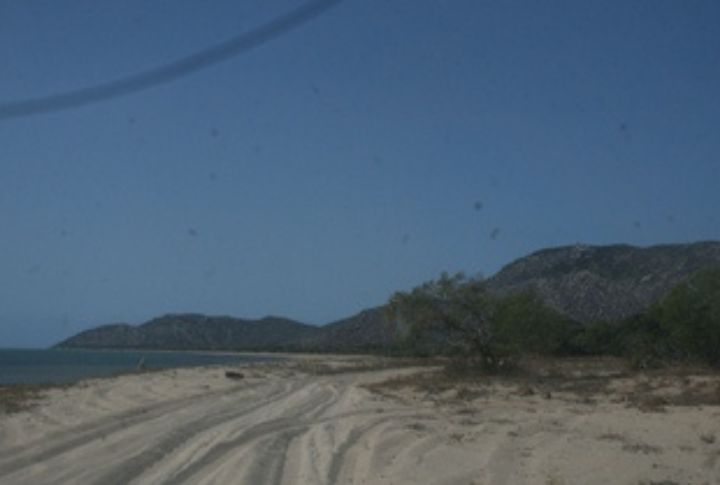
Cape Melville’s rugged boulder fields and remote rainforest have been explored only recently. Due to its unique terrain, this area is inaccessible to most and harbors species found nowhere else on Earth. Researchers suspect even more undiscovered flora and fauna exist in its untouched corners, making it an exciting frontier for biodiversity studies.
Papua New Guinea Highlands
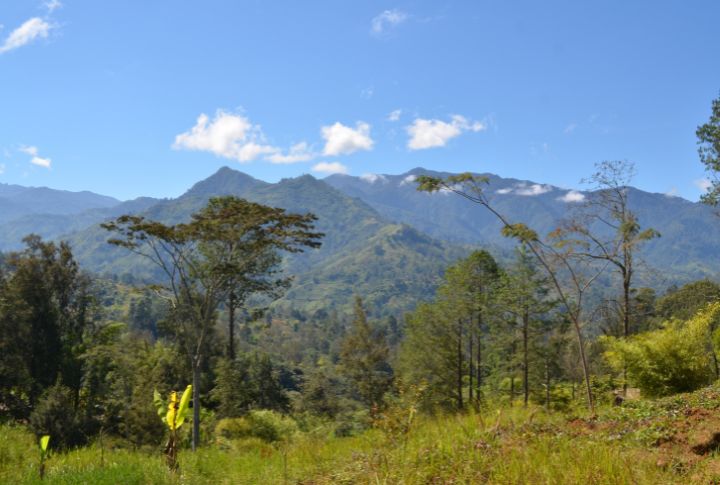
This rugged, mountainous region shelters tribes with minimal outside contact, and scientists have barely examined the ecosystems. Thick jungles, steep terrain, and unpredictable weather keep much of the area inaccessible. Who knows what fascinating species of flora and fauna lie hidden in its remote valleys?
Challenger Deep, Pacific Ocean

Exploration is nearly impossible for the deepest known point on Earth, Challenger Deep. Only a handful of manned descents have occurred, and its biological and geological mysteries are mostly unknown. Each dive hints at bizarre, resilient creatures thriving in its pitch-black environment.
Namib Desert’s Sand Sea, Africa
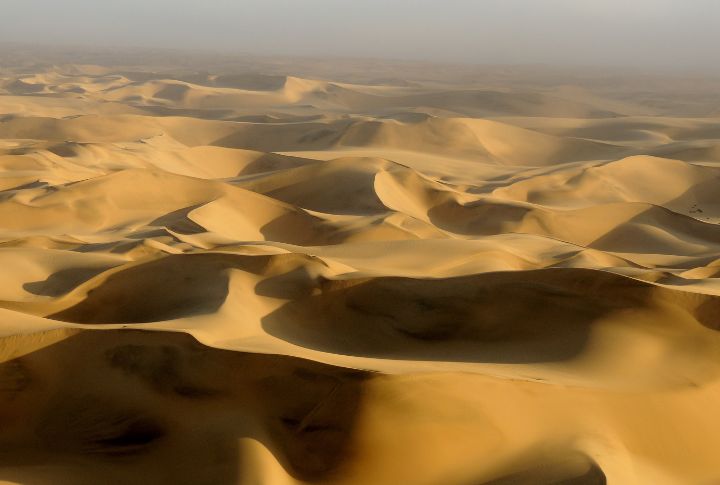
Stretching endlessly, this desert’s shifting dunes conceal parts that researchers have yet to study. Some of the oldest sands on Earth, the Namib, could hold clues to ancient climates. Rare flora and fauna thrive here, but vast areas remain unexamined. Notably, it covers approximately 31,000 square kilometers.
Siberia’s Permafrost Regions, Russia
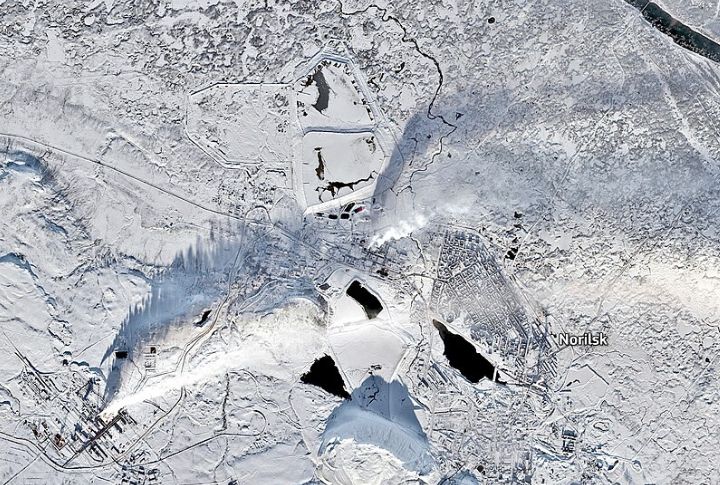
Vast, frozen Siberian terrains are not only challenging to explore but also hold ancient secrets locked in ice. The thawing permafrost has trapped snippets of our prehistoric eras and its pervasive risks in the form of preserved mammoths to unknown pathogens. Yet, much of this area remains unreachable due to harsh conditions.
Movile Cave, Romania
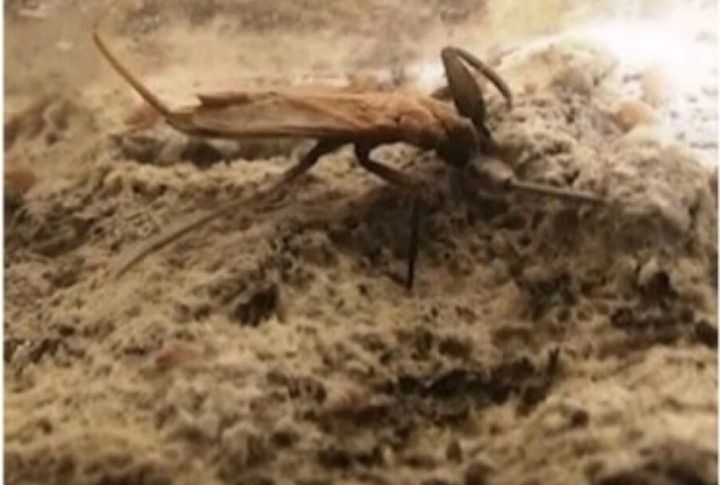
This Romanian Cave has been isolated for millions of years and was only discovered by accident. Its unique, sulfur-rich atmosphere supports creatures found nowhere else. Though researchers have made initial studies, the full extent of its biodiversity remains unknown, as exploring the harmful environment is highly challenging.
Congo Basin, Africa
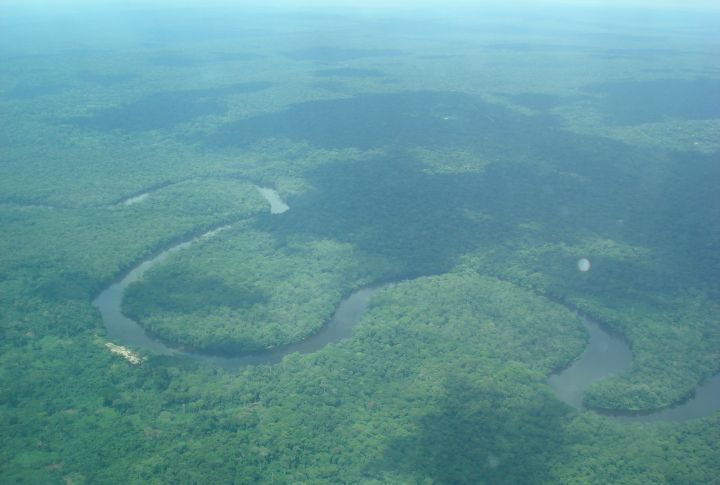
The Congo Basin is one of Earth’s least-explored rainforests that sprawl over millions of square miles. Dense vegetation and political instability have limited access, which left countless species and cultural artifacts undiscovered. Scientists estimate that large portions of the region hold untapped ecological and anthropological treasures.
Son Doong Cave, Vietnam
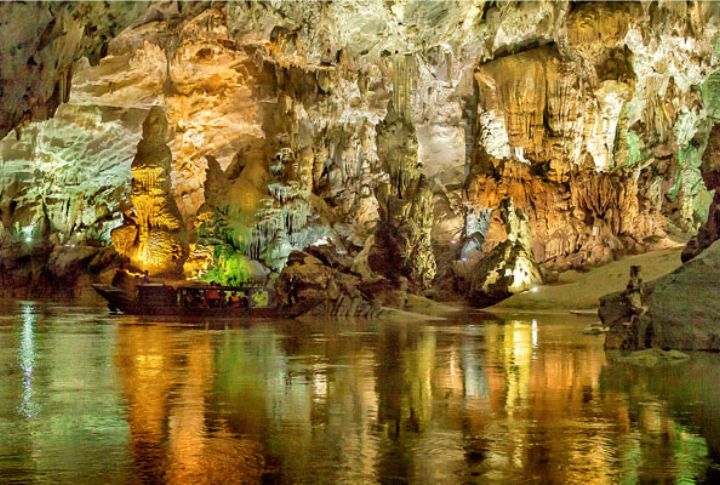
As one of the world’s largest caves, Son Doong’s enormity was only confirmed in 2009, though it was first discovered in 1991. Its immense chambers contain underground jungles and rivers, yet some sections remain untouched. The potential for further discoveries within this subterranean world keeps researchers intrigued.
Lake Vostok, Antarctica
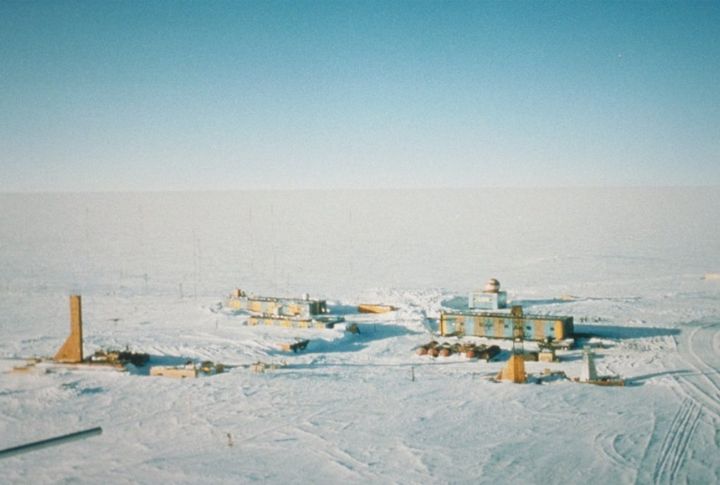
Miles of ice had buried Lake Vostok for millions of years, preserving its ancient aquatic ecosystem. Initial drilling revealed water samples teeming with microbes, but most of the lake remains unexplored. Concerns over contamination of this pristine environment further limit deeper exploration efforts.
Yucatan Cenotes, Mexico

These underwater sinkholes were sacred to the Maya, and many remain unexplored today. Deep, winding passages make diving treacherous, but researchers believe these cenotes could hide fossils, ancient artifacts, and undiscovered aquatic species. Exploration has also uncovered links to ancient Mayan rituals and settlements.
Kermadec Trench, New Zealand
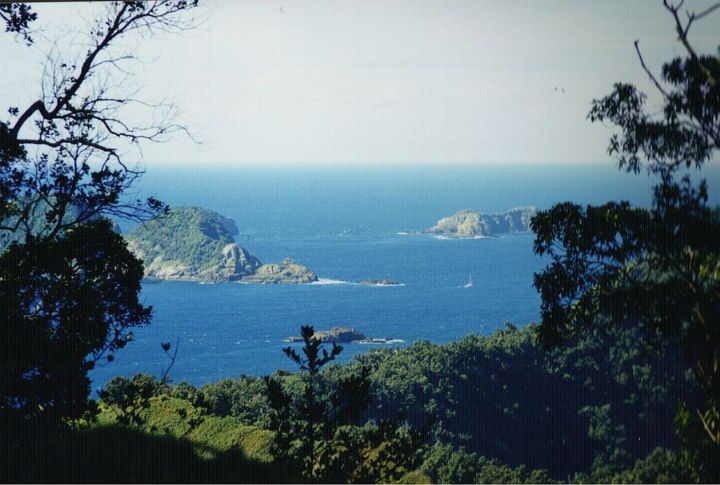
Stretching over 6 miles deep, the Kermadec Trench is rarely studied. Its remote location and crushing pressures deter exploration, leaving its ecosystem largely unexamined. Early research suggests unique species thrive here, which made it a priority for future marine studies.
Tepui Plateaus, Venezuela
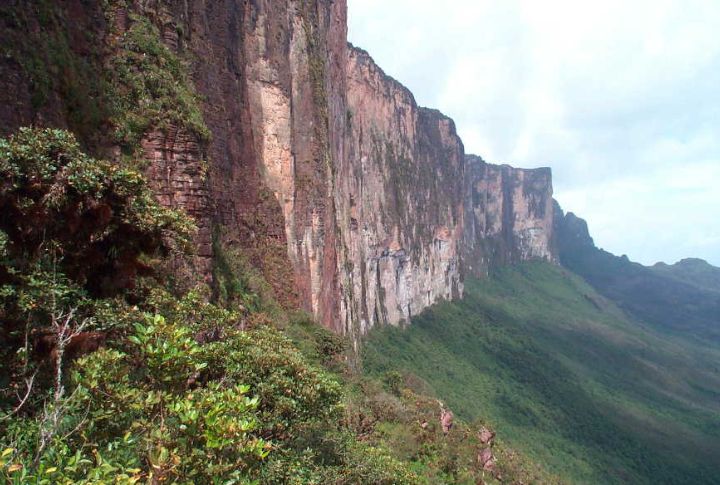
These flat-topped mountains host isolated ecosystems that tower above the Amazon. Their sheer cliffs and unique microclimates mean plants and animals here have evolved in isolation for millennia. Many tepuis remain unexplored and hold the potential for unprecedented discoveries in biology and geology.

